The post 7 Tips for Action-Packed Indoor Sports Photography appeared first on Digital Photography School. It was authored by Christina N Dickson.

Indoor sports aren’t always easy to photography. In fact, for the beginning sports photographer, they can be downright intimidating, thanks to the fast action, low light, and limited camera movement.
Fortunately, experienced sports shooters have developed a number of techniques that make indoor sports photography way easier, including:
- Simple starting settings for sharp indoor shots
- Standard gear that every beginner should own
- Careful research you should do before approaching a sport
- Much more!
And that’s what this article is all about. I’m going to share my top 7 tips to take your indoor sports photos to the next level – and by the time you’re done, you’ll be ready to head out with your camera and start creating some action-packed photos of your own.
Let’s get started.
1. Use a fast camera
I’m guessing you know this already, but many indoor sports are fast-paced. Basketball, hockey, indoor soccer – all of it requires split-second attention to detail. One moment, a player has the ball/puck; the next, it’s in the goal/basket and the team is celebrating.

Which means that you need a fast camera to keep up with the action. Specifically, I recommend a camera that offers:
- Interchangeable lenses (i.e., a mirrorless camera or a DSLR)
- Fast continuous shooting speeds (at least 8 frames per second, though 10+ is better)
- A deep buffer (so you can take several bursts without pause)
- Lighting-fast autofocus (ideally with eye autofocus tracking)
Sports-focused cameras do tend to be expensive, but for the serious shooter, it’s absolutely worth it (and there are cheaper models that offer a lot of the fundamental sports features without breaking the bank).
You’ll also want to pay attention to camera low-light capabilities. A camera that can shoot at high ISOs without significant noise is a big deal, because you can push it to the max when shooting in poorly lit arenas. To determine high-ISO performance, you can read reviews, which nearly always do in-depth ISO tests and comparisons.
2. Use a lens with a wide maximum aperture
Indoor sports arenas, even in the best-case scenario, tend to offer pretty limited lighting. That’s where wide-aperture lenses come in; they let you capture plenty of light, thus keeping your shutter speed high (for sharp photos) and your ISO low (to reduce noise).
Professional shooters tend to use lenses with a maximum aperture of f/2.8, and these are ideal, though they’re also expensive. At the very least, you should use lenses with a fixed f/4 maximum aperture.
By the way, you’ll often be positioned away from the action and limited in your movement, so shooting with a wide-angle lens or a fast prime generally isn’t an option. Instead, sports photographers use fast zoom lenses, such as a 70-200mm f/2.8 or a 24-70mm f/2.8. Eventually, you may want to add a fast super-telephoto prime to your bag, but a 70-200mm lens is a great starting point.
3. Shoot with a fast shutter speed
Once again, sports photography is all about the action – and if you don’t use a fast shutter speed, then you’ll end up with blurry, unpleasant photos that nobody likes.
On the other hand, a fast shutter speed will let you freeze movement, even split-second movement, like a hand slamming the ball down through a hoop, or a stick drawing back to smack the puck.

So what counts as fast enough? I recommend a shutter speed of at least 1/200s, but faster is better. If you can, boost this to 1/400s, or even – if the light is good or your camera can handle high ISOs – 1/1000s.
Pro tip: You can sometimes create artistic shots by slowing down the shutter speed to 1/30s or so. Try photographing a moving player and consider panning along for a blurry background effect. Sure, the results won’t be pin-sharp, but they’ll convey movement (and can look great in a creative portfolio!).
4. Use a high ISO
In the previous tip, I emphasized the importance of a fast shutter speed. But if you just crank up the shutter and leave the rest of your settings alone, you’ll let in too little light – and your photos will be wildly underexposed.
Instead, you must balance out the fast shutter speed with a high ISO setting. That way, even as you reduce the light hitting the sensor, you maintain the overall brightness of the photo.
I recommend an ISO of at least 1600, though plenty of cameras these days can handle much more than that (even ISO 6400 and ISO 12800 may be fair game, depending on your model). Since there’s so much variation from camera model to camera model, take some test shots at different ISOs and compare them. Ask yourself: How do I feel about the noise produced at ISO 3200? How about ISO 6400? See what you can tolerate, identify a cut-off point, and then push your ISO as necessary.
5. Shoot in RAW
Here’s one final piece of settings advice:
When possible, use a RAW file format.
You see, RAW files contain all of the data captured the moment you hit the shutter button. Whereas their alternative, the JPEG, produces a compressed version of that RAW file – which, by definition, is lower quality.
This has plenty of consequences. For one, you can make significant edits to RAW files without causing issues, but JPEGs are resistant to serious editing (and the more significant the edit, the more you risk ruining the shot). RAW files also contain more detail, allow you to recover highlights and shadows, and more.
Now, JPEGs are smaller and instantly shareable, plus they’re easier for your camera to process (and therefore allow for longer burst sequences). So if you absolutely need to increase your camera’s buffer, or you like the idea of immediately sharing your images (without needing to process them in programs such as Lightroom or Capture One, as required by RAW files), then you might consider using JPEGs.
Otherwise, shoot RAW.
6. Learn to anticipate the action
What separates the good sports photographers from the great sports photographers? Their ability to predict the action in advance, and therefore be ready to capture a cover-quality shot.
Fortunately, learning to anticipate action isn’t as hard as it sounds. It simply takes a lot of research.
First, familiarize yourself with the rules of the sport you’re photographing. Know the rulebook inside and out; that way, you always know how the gameplay will proceed, when players move down the field, when penalties happen, etc.

Second, learn strategy. If you know how teams are likely to approach the game, then you’ll be ready to shoot when the game gets intense.
Third, learn about specific teams and players. This is an advanced technique, but once you get really good at rules and strategy, you can try to determine how a team or player will behave, which gives you a serious advantage. You’ll know exactly what’s going to happen before it does; your photos will practically shoot themselves!
All that said, even the best sports photographers can’t predict every movement – after all, sports are fast and complex – so make sure you’re ready for anything.
7. Look for relationships and expressions
Oftentimes, beginner sports photographers shoot individuals: the basketball player going for a jump shot, the volleyball player spiking at the net.
But if you can capture multiple players together, you can create more compelling images. For instance, you might shoot one player handing the ball to another, two players talking to each other, or opposing players squaring off. It’s about portraying relationships, looking for interactions, and capturing engagement.

Also, pro tip: Try to photograph players as people, not just as players. In other words, aim to capture emotion, such as anger, joy, or nervousness – in the look one player gives the camera, in the stare one player gives another, in the team huddle just before a buzzer-beater shot.
That way, you’ll create indoor sports photos that people will remember.
Indoor sports photography tips: final words
Hopefully, you now feel equipped to capture some stunning indoor sports images of your own.
Just follow the tips I’ve laid out for you, add in a healthy dash of creativity, and you’ll be golden!
Now over to you:
What sports do you plan to shoot this season? Do you have any indoor sports tips? Share your thoughts in the comments below!

Table of contents
Sports Photography
-
GENERAL
-
8 Tips On How to Photograph Sports
-
Tips from the Sports Photography Pros to Help You Get the Money Shots
-
Indoor Sports Photography
- 1. Use a fast camera
- 2. Use a lens with a wide maximum aperture
- 3. Shoot with a fast shutter speed
- 4. Use a high ISO
- 5. Shoot in RAW
- 6. Learn to anticipate the action
- 7. Look for relationships and expressions
- Indoor sports photography tips: final words
- 1. Use a fast camera
- 2. Use a lens with a wide maximum aperture
- 3. Shoot with a fast shutter speed
- 4. Use a high ISO
- 5. Shoot in RAW
- 6. Learn to anticipate the action
- 7. Look for relationships and expressions
- Indoor sports photography tips: final words
-
-
SETTINGS
-
How To Use Sports Mode
-
-
LIGHTING
-
Shooting Portraits and Action Sports with Speedlites – Workshop
-
-
GEAR
-
Lens Review Canon 300mm f4 Lens for Sports Photography
-
Aquatech CO-7 Underwater Sport Housing [REVIEW]
-
Shooting Motorsports with a Micro Four Thirds Camera
-
-
ADVANCED GUIDES
-
Tips for Photographing Football (Soccer)
-
How to Shoot High School Football
-
Play Ball! Covering Your Bases Shooting Baseball
-
How to Capture the Perfect Action Shot in Sports Photography
-
Low Light Sports Photography
-
3 Tips for Taking Better Motorsport Photos
-
Catching the Action: Photographing Youth Sports
-
Top 5 Tips for Extreme Sports Photography
-
-
POST-PROCESSING
-
Using Photoshop to Create the Illusion of Depth of Field with your Sports Photos
-
var dpsTopics = {
id: 3754,
titles: [{“id”:”use-a-fast-camera”,”permalink”:”https:\/\/digital-photography-school.com\/indoor-sports-photography\/”,”title”:”1. Use a fast camera”},{“id”:”use-a-lens-with-a-wide-maximum-aperture”,”permalink”:”https:\/\/digital-photography-school.com\/indoor-sports-photography\/”,”title”:”2. Use a lens with a wide maximum aperture”},{“id”:”shoot-with-a-fast-shutter-speed”,”permalink”:”https:\/\/digital-photography-school.com\/indoor-sports-photography\/”,”title”:”3. Shoot with a fast shutter speed”},{“id”:”use-a-high-iso”,”permalink”:”https:\/\/digital-photography-school.com\/indoor-sports-photography\/”,”title”:”4. Use a high ISO”},{“id”:”shoot-in-raw”,”permalink”:”https:\/\/digital-photography-school.com\/indoor-sports-photography\/”,”title”:”5. Shoot in RAW”},{“id”:”learn-to-anticipate-the-action”,”permalink”:”https:\/\/digital-photography-school.com\/indoor-sports-photography\/”,”title”:”6. Learn to anticipate the action”},{“id”:”look-for-relationships-and-expressions”,”permalink”:”https:\/\/digital-photography-school.com\/indoor-sports-photography\/”,”title”:”7. Look for relationships and expressions”},{“id”:”indoor-sports-photography-tips-final-words”,”permalink”:”https:\/\/digital-photography-school.com\/indoor-sports-photography\/”,”title”:”Indoor sports photography tips: final words”},{“id”:”use-a-fast-camera”,”permalink”:”https:\/\/digital-photography-school.com\/indoor-sports-photography\/”,”title”:”1. Use a fast camera”},{“id”:”use-a-lens-with-a-wide-maximum-aperture”,”permalink”:”https:\/\/digital-photography-school.com\/indoor-sports-photography\/”,”title”:”2. Use a lens with a wide maximum aperture”},{“id”:”shoot-with-a-fast-shutter-speed”,”permalink”:”https:\/\/digital-photography-school.com\/indoor-sports-photography\/”,”title”:”3. Shoot with a fast shutter speed”},{“id”:”use-a-high-iso”,”permalink”:”https:\/\/digital-photography-school.com\/indoor-sports-photography\/”,”title”:”4. Use a high ISO”},{“id”:”shoot-in-raw”,”permalink”:”https:\/\/digital-photography-school.com\/indoor-sports-photography\/”,”title”:”5. Shoot in RAW”},{“id”:”learn-to-anticipate-the-action”,”permalink”:”https:\/\/digital-photography-school.com\/indoor-sports-photography\/”,”title”:”6. Learn to anticipate the action”},{“id”:”look-for-relationships-and-expressions”,”permalink”:”https:\/\/digital-photography-school.com\/indoor-sports-photography\/”,”title”:”7. Look for relationships and expressions”},{“id”:”indoor-sports-photography-tips-final-words”,”permalink”:”https:\/\/digital-photography-school.com\/indoor-sports-photography\/”,”title”:”Indoor sports photography tips: final words”}] };
The post 7 Tips for Action-Packed Indoor Sports Photography appeared first on Digital Photography School. It was authored by Christina N Dickson.





















































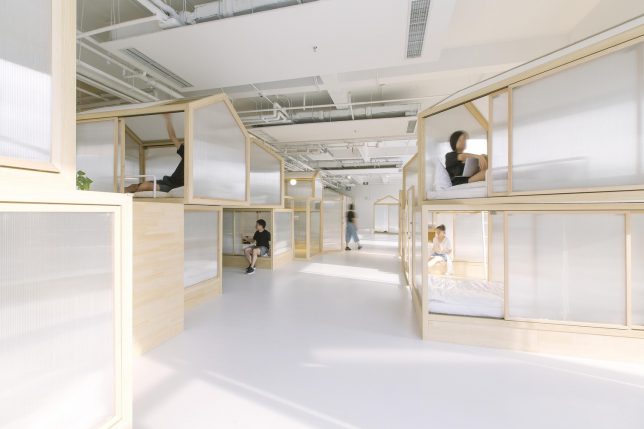
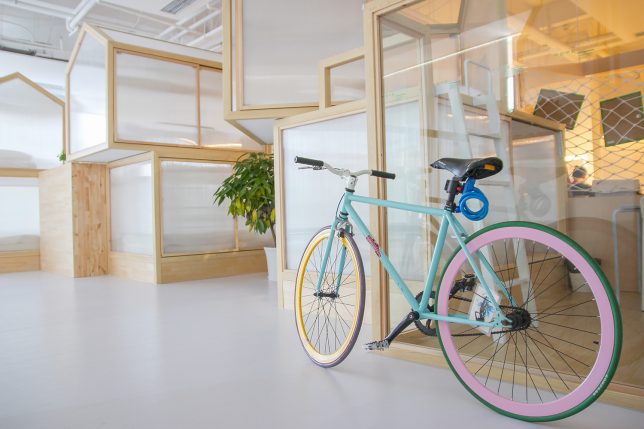
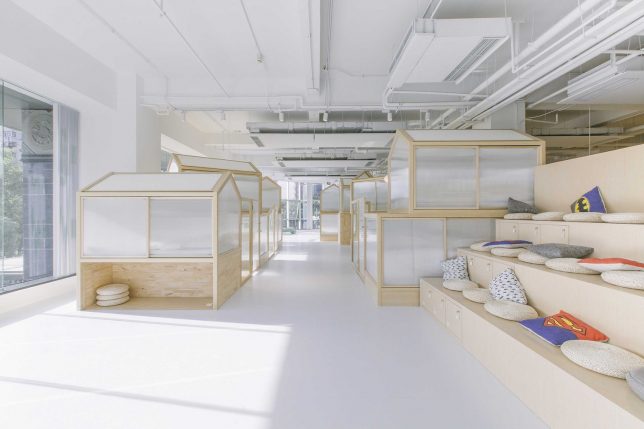
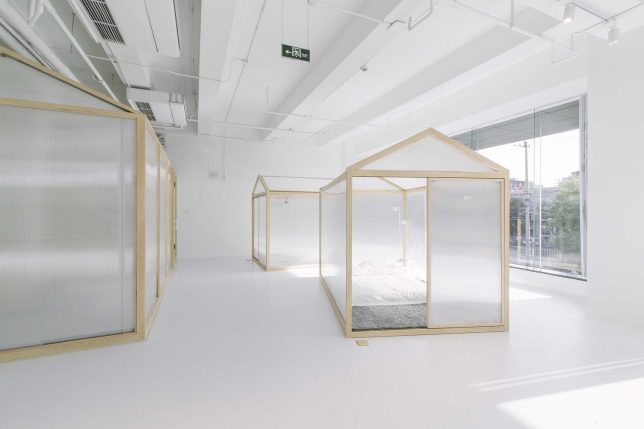


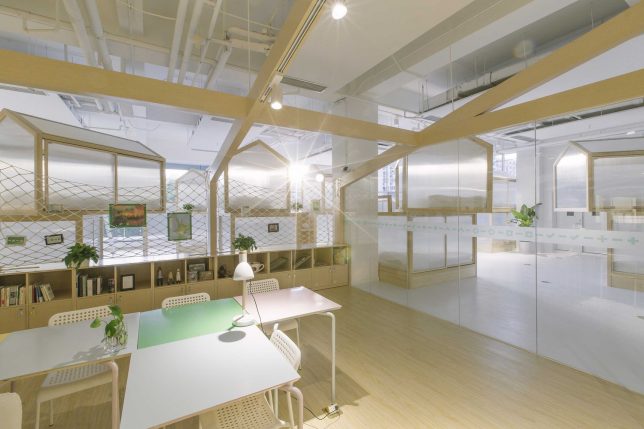
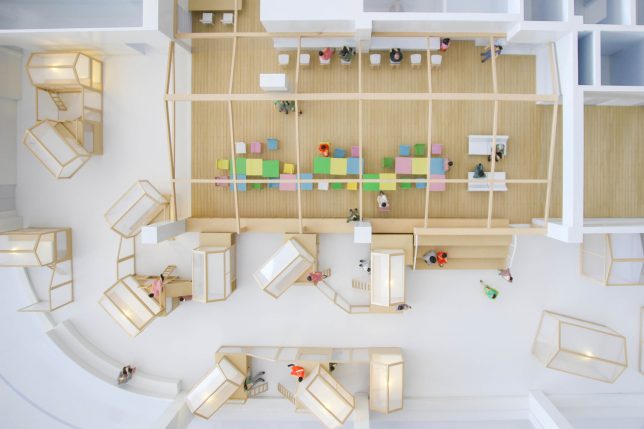
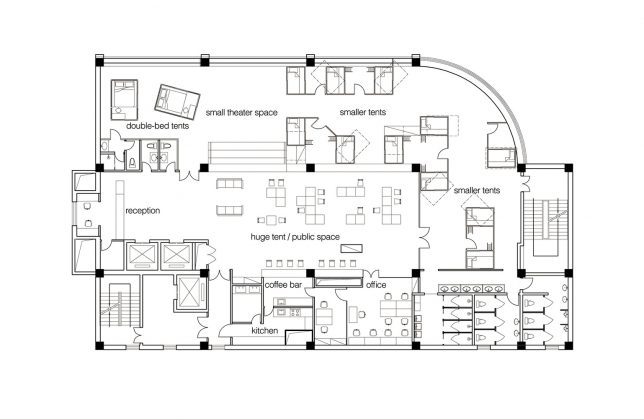
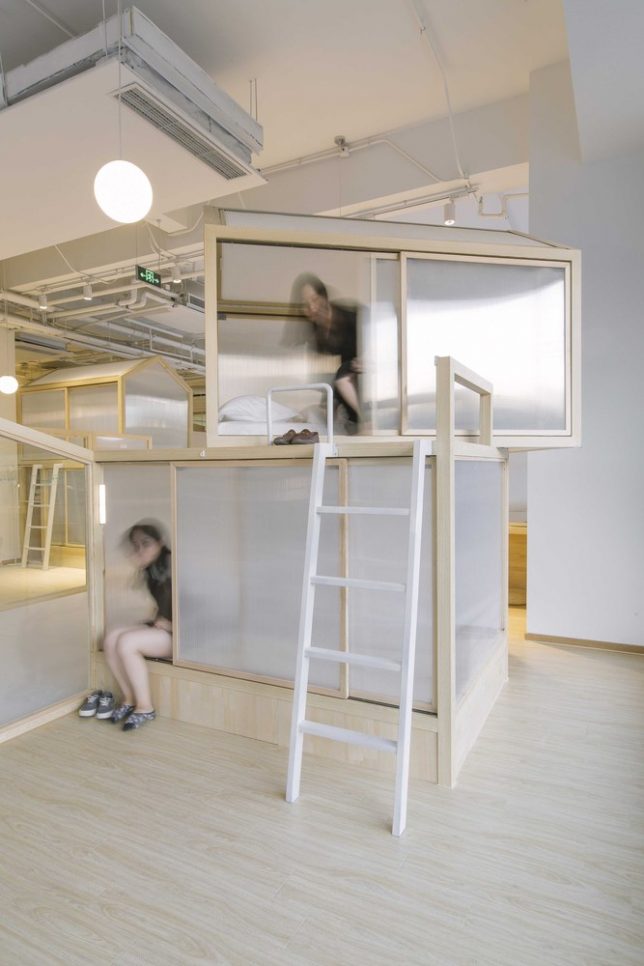




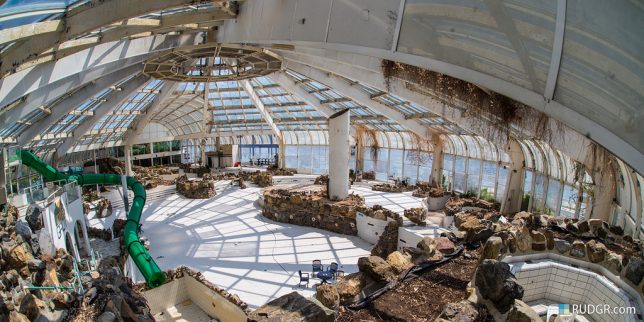
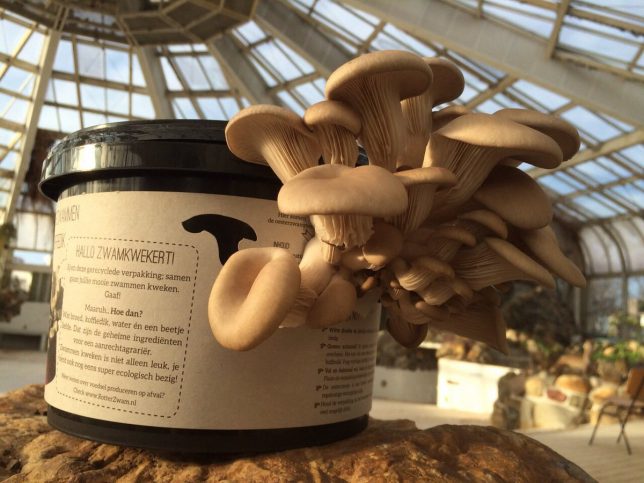
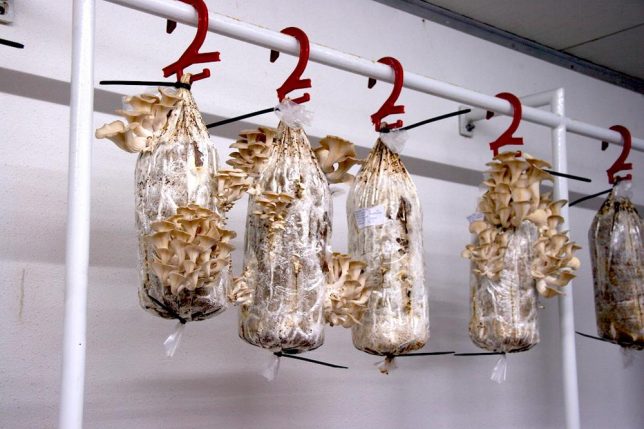
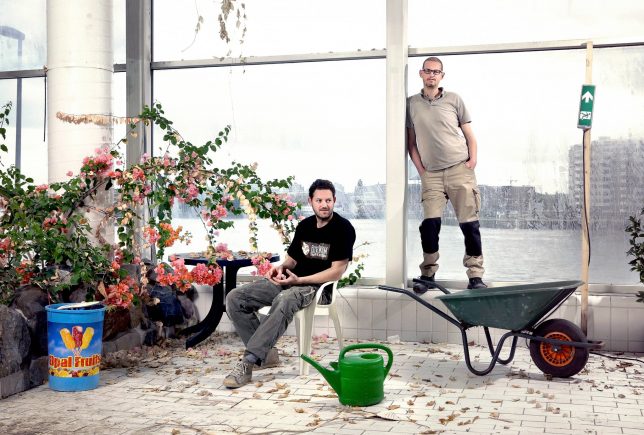
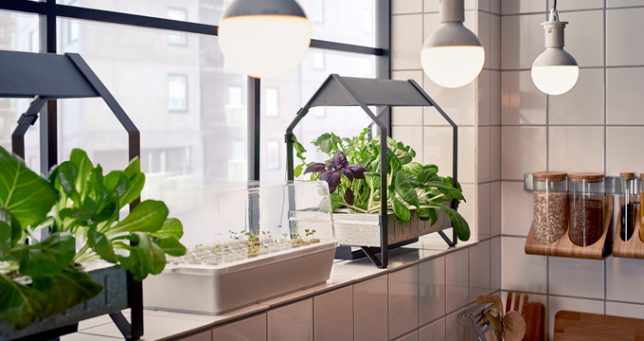
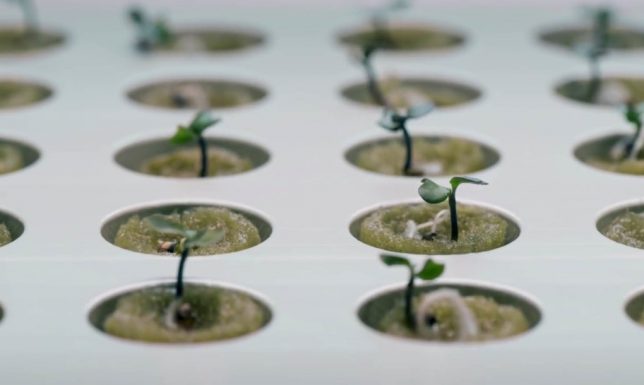
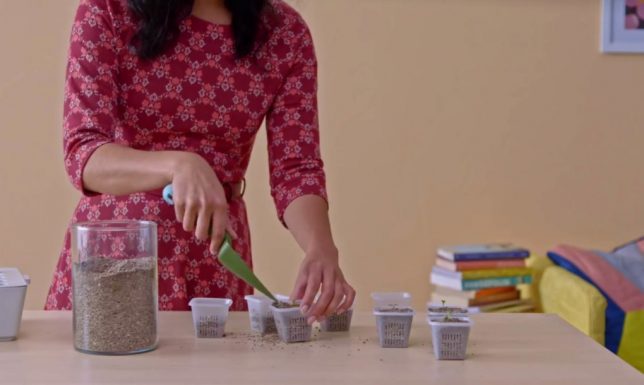
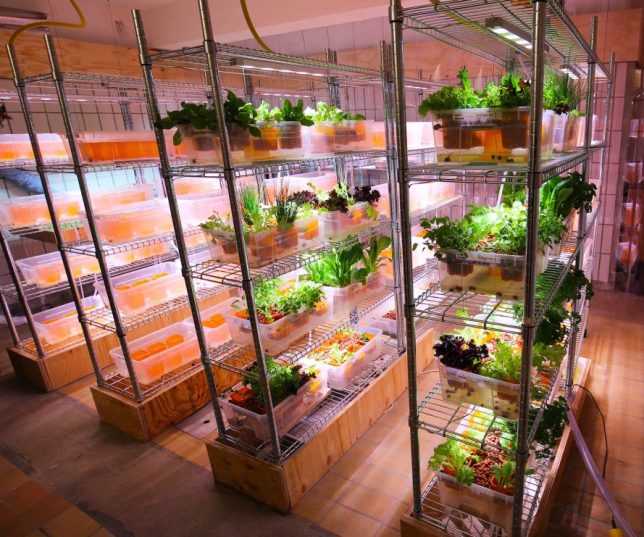
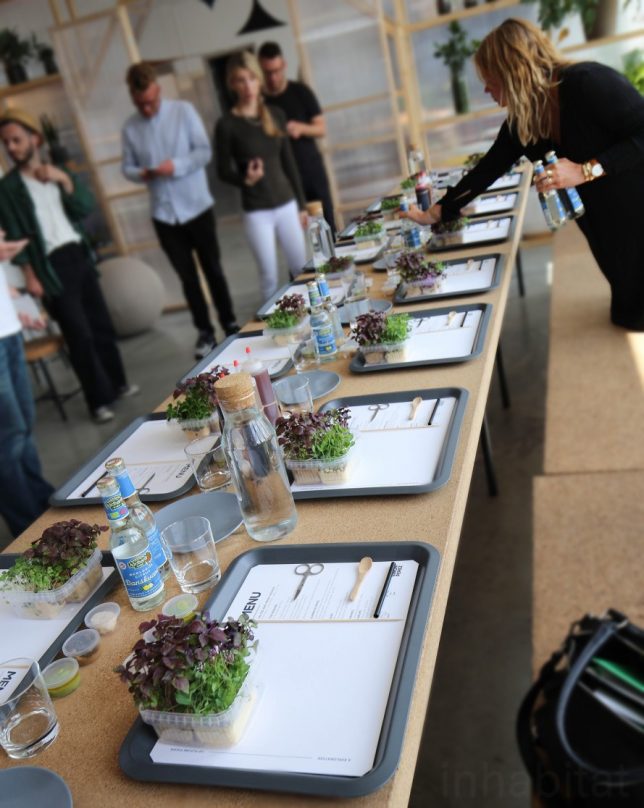
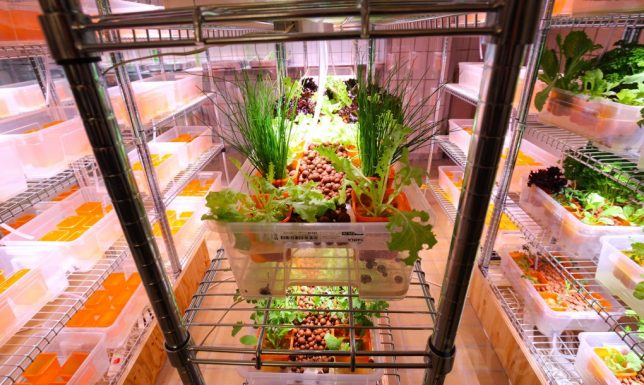
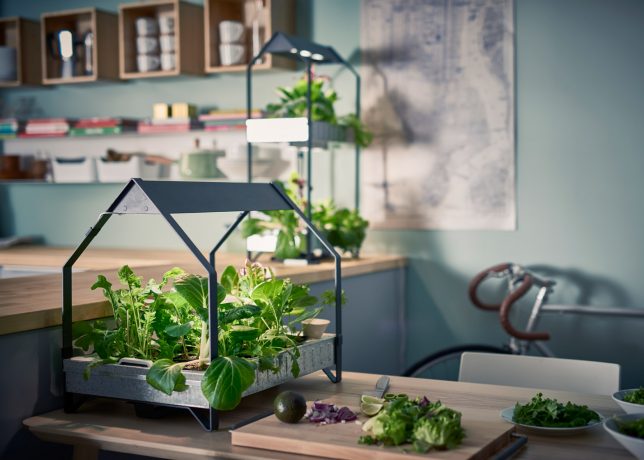
You must be logged in to post a comment.